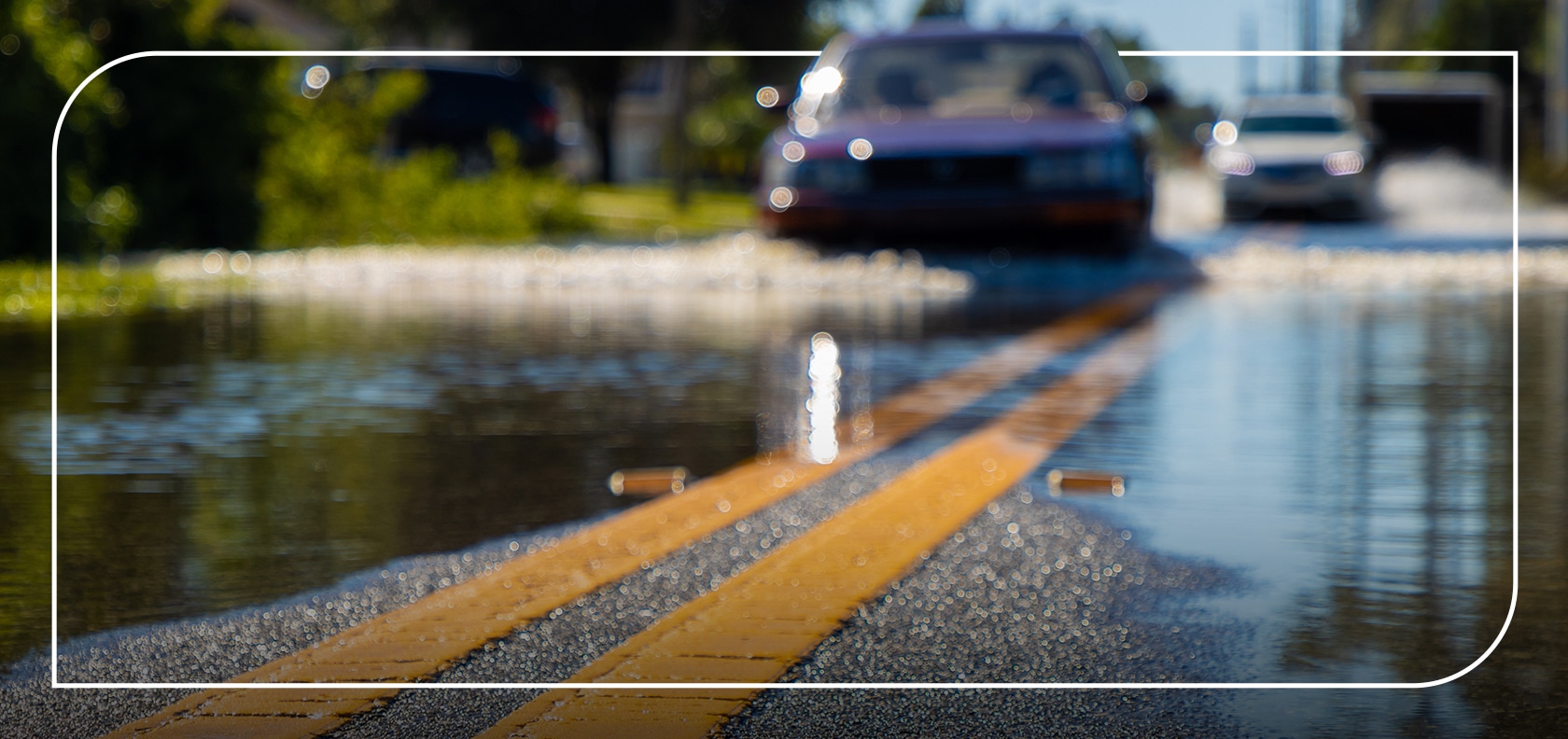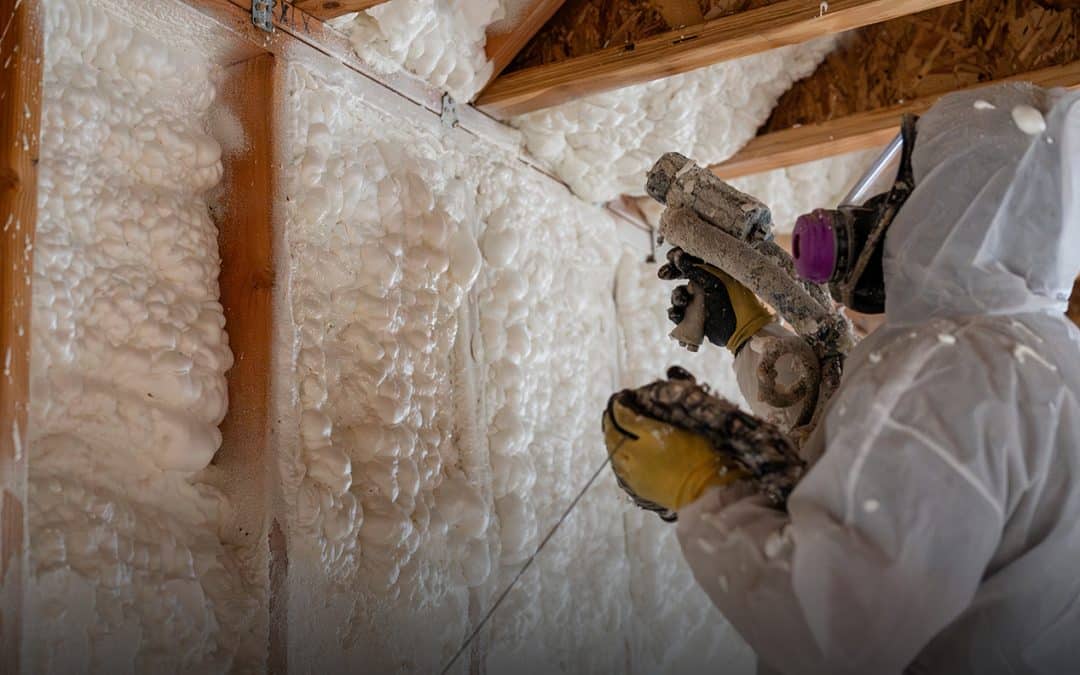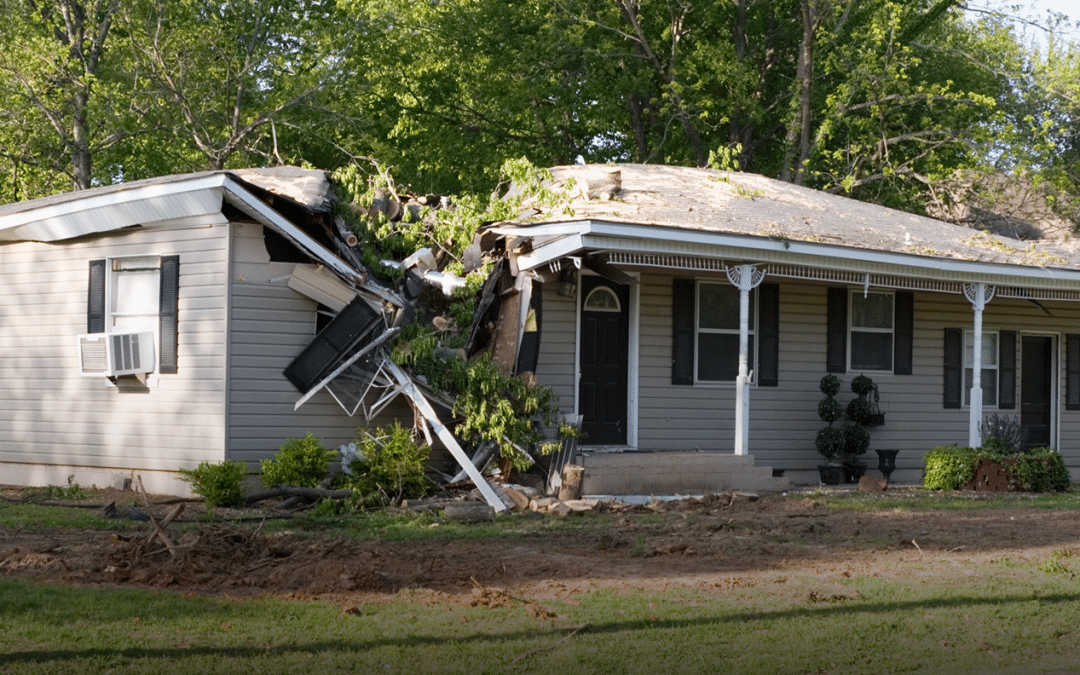No matter the season, we often have to deal with getting caught driving in the rain. While even light rainfall can cause challenges for drivers, heavy rain that causes deep puddles and limited visibility can severely impact overall traffic safety.
How to drive in heavy rain
As a general rule, always check the weather conditions before you set off on the road, particularly when bad weather is expected, and take appropriate measures to protect yourself as much as possible. Having good, working windshield wipers is something you should always be cognizant of as they help with your visibility. And if you can’t avoid postponing your trip, remember to follow these simple rules when you get behind the wheel:
- Make sure your headlights are on
- Slow down
- Increase the distance between your vehicle and the one in front of you for safety
- Avoid using cruise control
- Avoid slamming on your brakes
While driving in heavy rain is much more typical, it’s not very common to find yourself doing battle with a torrent of water that you may have to cross.
Can you pass through a torrent of water?
Never cross a torrent of water, or forceful stream of water, that has invaded the road you’re driving on. There is a very high risk of your vehicle becoming trapped in it and getting dragged away by the current. This is because when the water is located at a height that exceeds the vehicle’s half wheel, it loses grip with respect to the asphalt and becomes very difficult to control.
If the height of the water is higher than half of the wheel, or worse, covers it completely, you must be aware that the vehicle will most likely be carried away by the current. In the vast majority of cases, when this happens, it is not possible to measure the exact depth of the torrent of water and as the vehicle progresses forward, the chances of suffering a serious accident multiply considerably.
Additionally, you must bear in mind that automobiles can be swept away by the current depending on a number of factors, including the height of the undercarriage, vehicle weight, the speed of the current and the terrain you’re traveling on. In this situation, the best course of action is to immediately turn around before entering the water and try to find a safer route to continue driving.
What to do if you get trapped in a torrent of water
If the worst has happened and you find yourself trapped in the middle of a stream of water without being able to move your vehicle forward or back, you should follow these steps to get to safety as soon as possible:
- Try to stay calm
- Unbuckle your seat belt
- If possible, exit the vehicle through the car window. If the water level is above the topmost part of the window and you can’t open it, you can break it using a blunt object
- If you still can’t exit the vehicle, try to do so by opening the door. This can be a complicated task that takes you some time due to the force of the current. To get the door open, you have to work with the water current
- Once you have exited the vehicle, get on the roof so you are safer and more visible to the emergency services
We hope you find these driving tips helpful! And if you do experience trouble on a major highway, pull to the shoulder, make a note of the nearest mile marker and call 911. In Massachusetts, call 911 for MAPFRE-sponsored DOT Highway Assistance Patrol. Not a MAPFRE customer yet? You can always contact an agent in your state to get a fast, free quote to get outstanding coverage at a great price.



